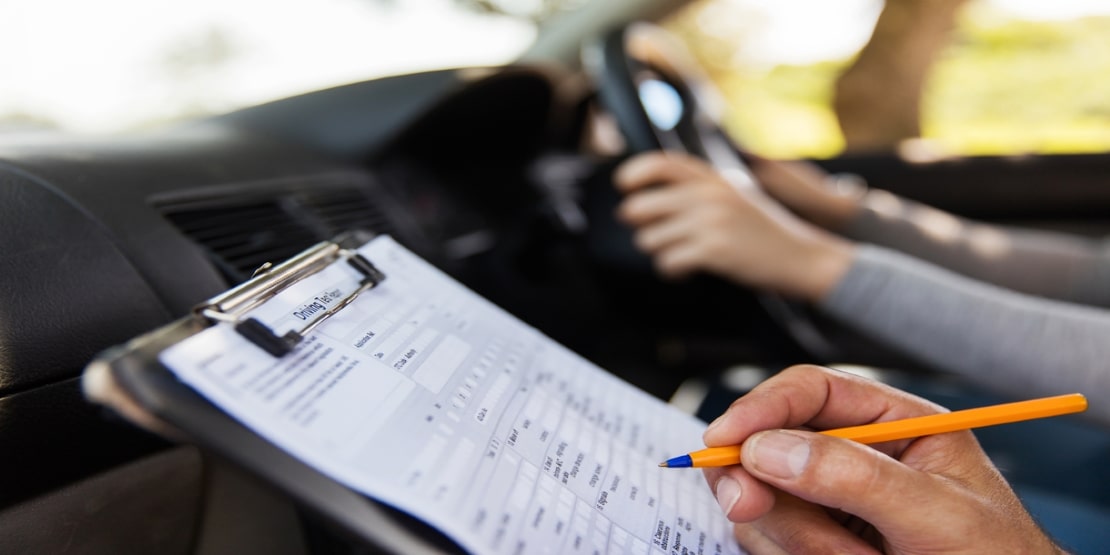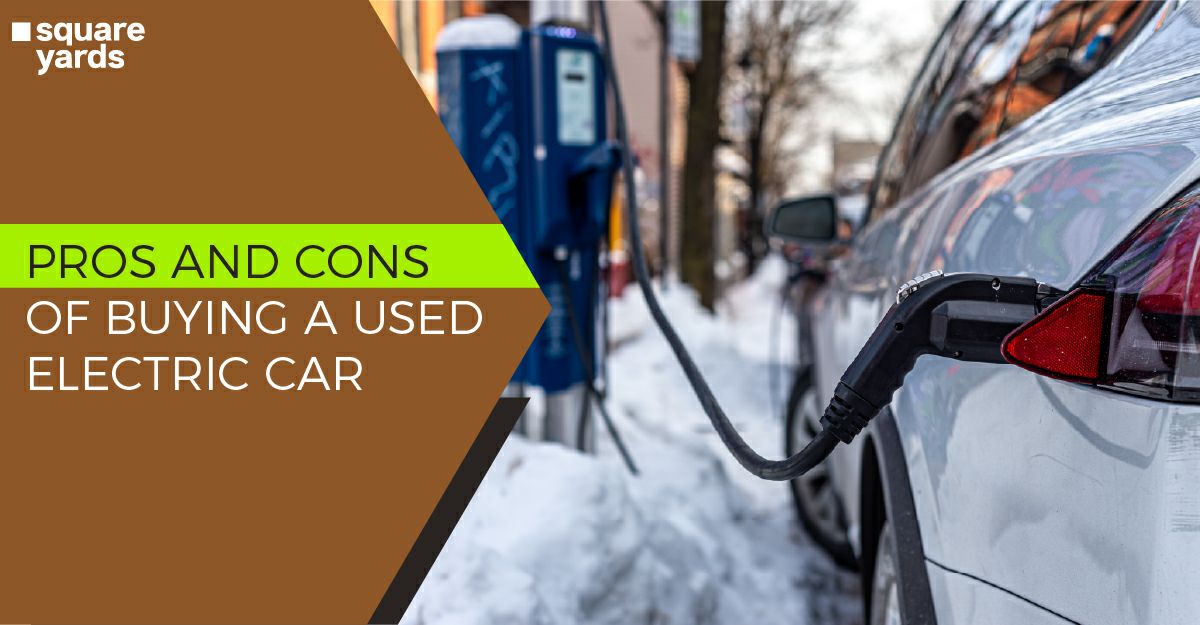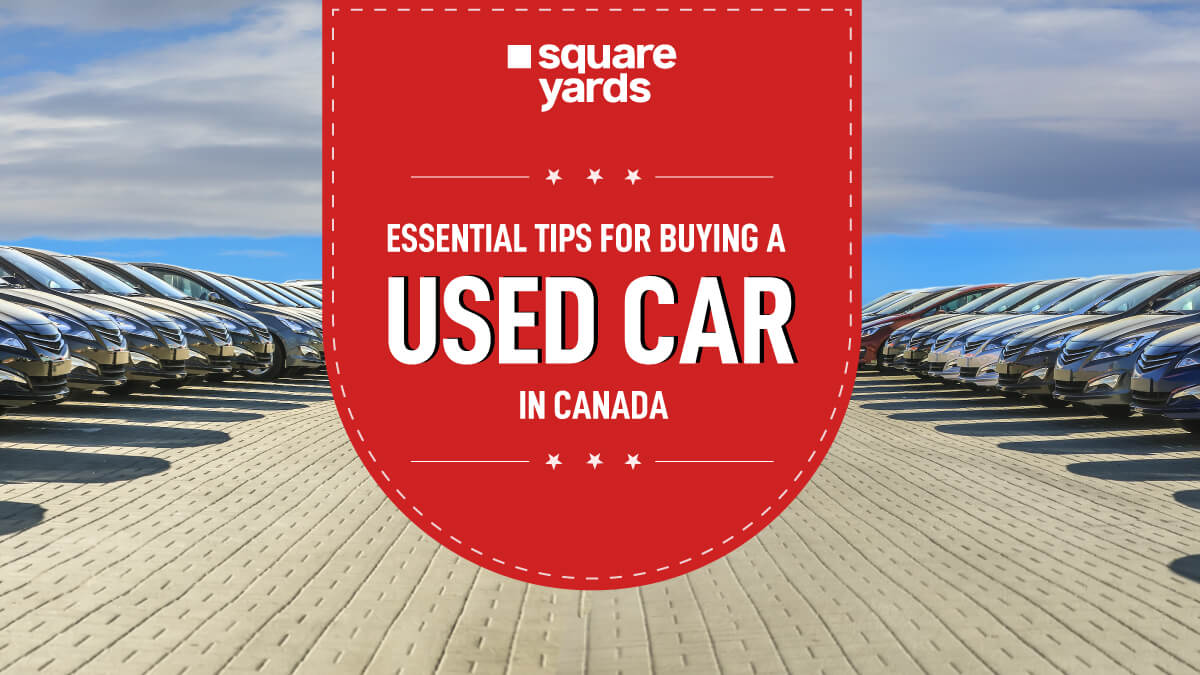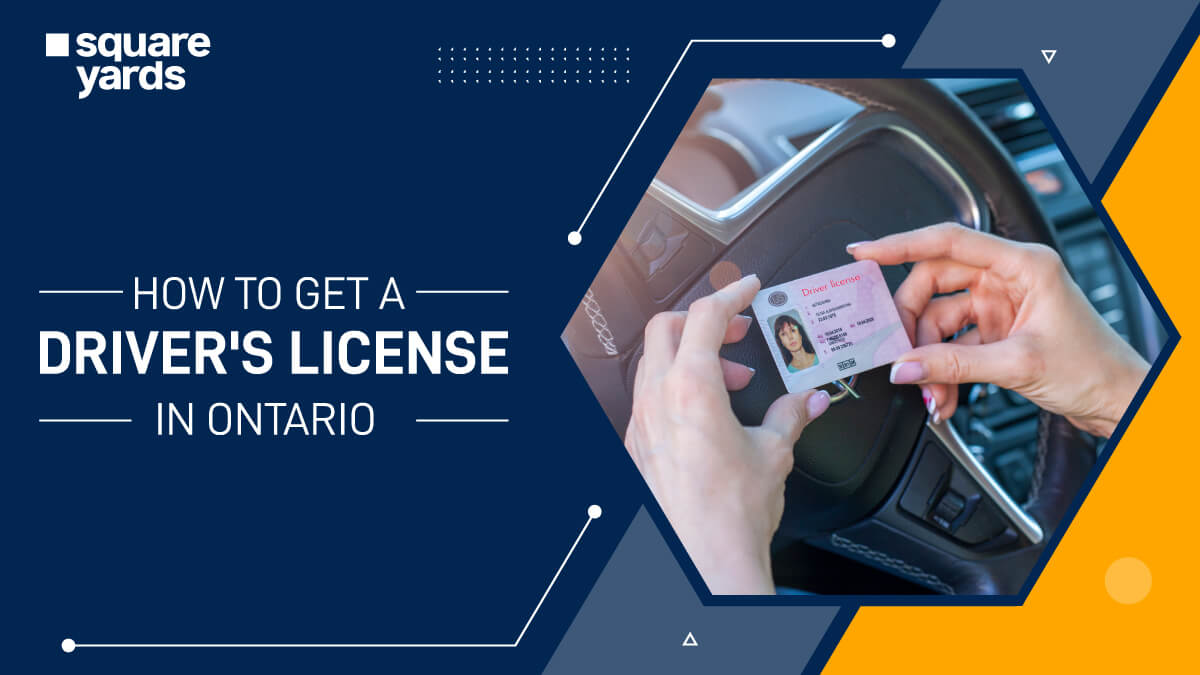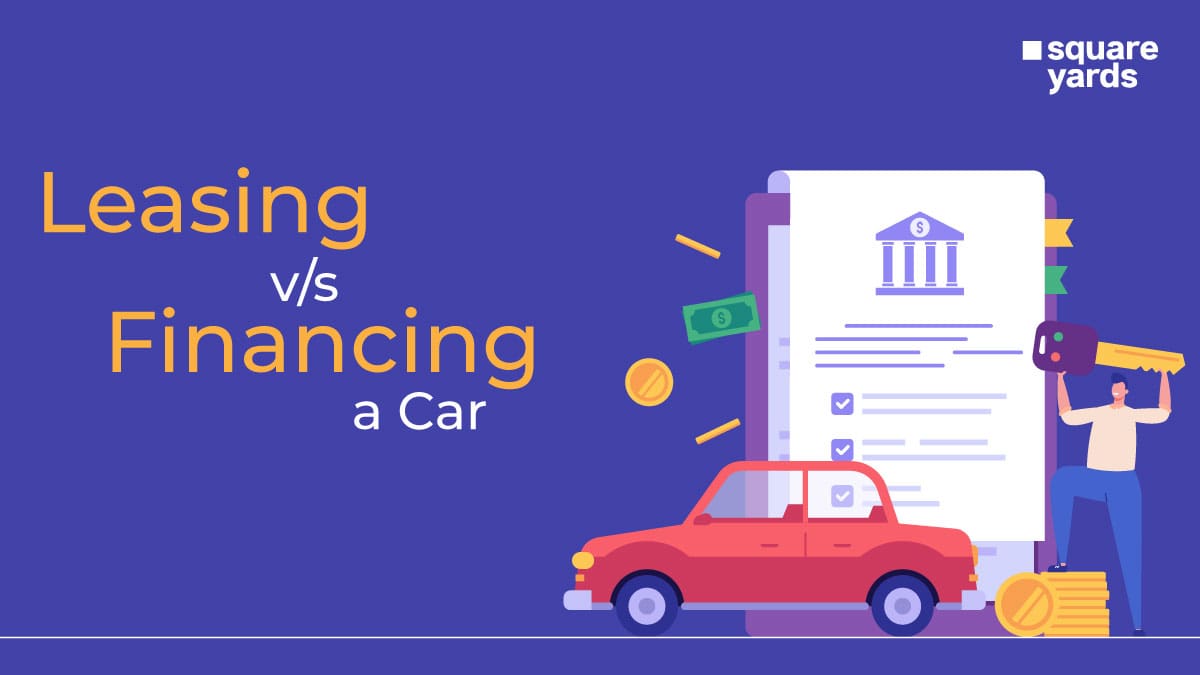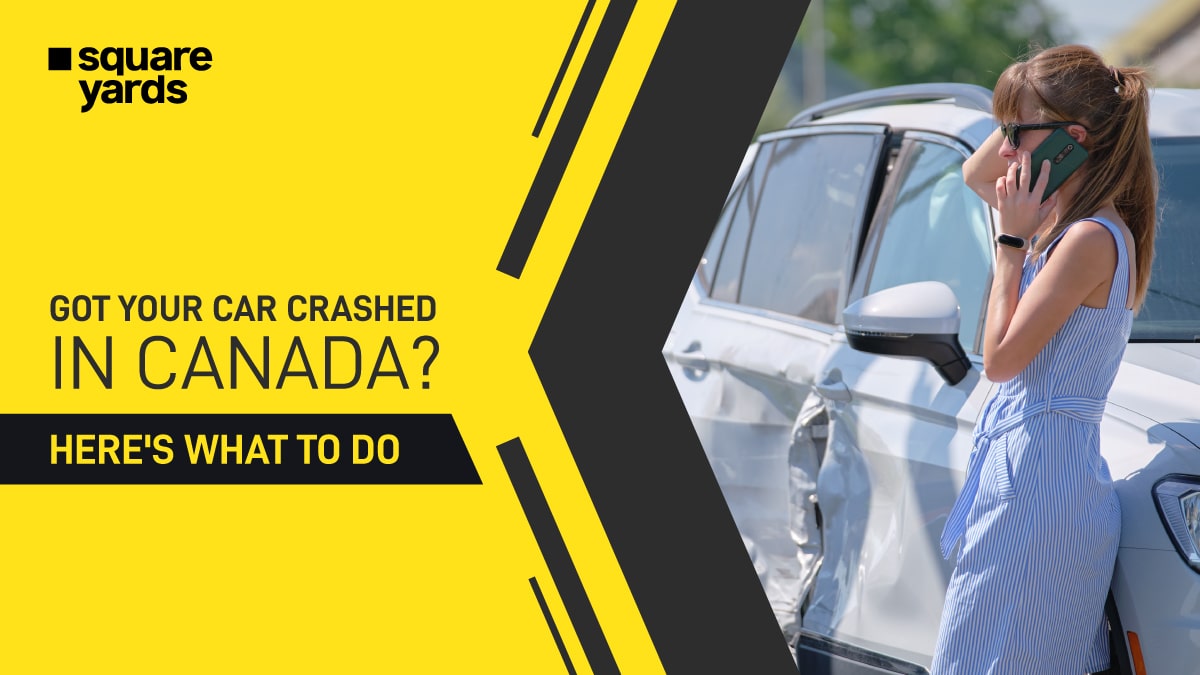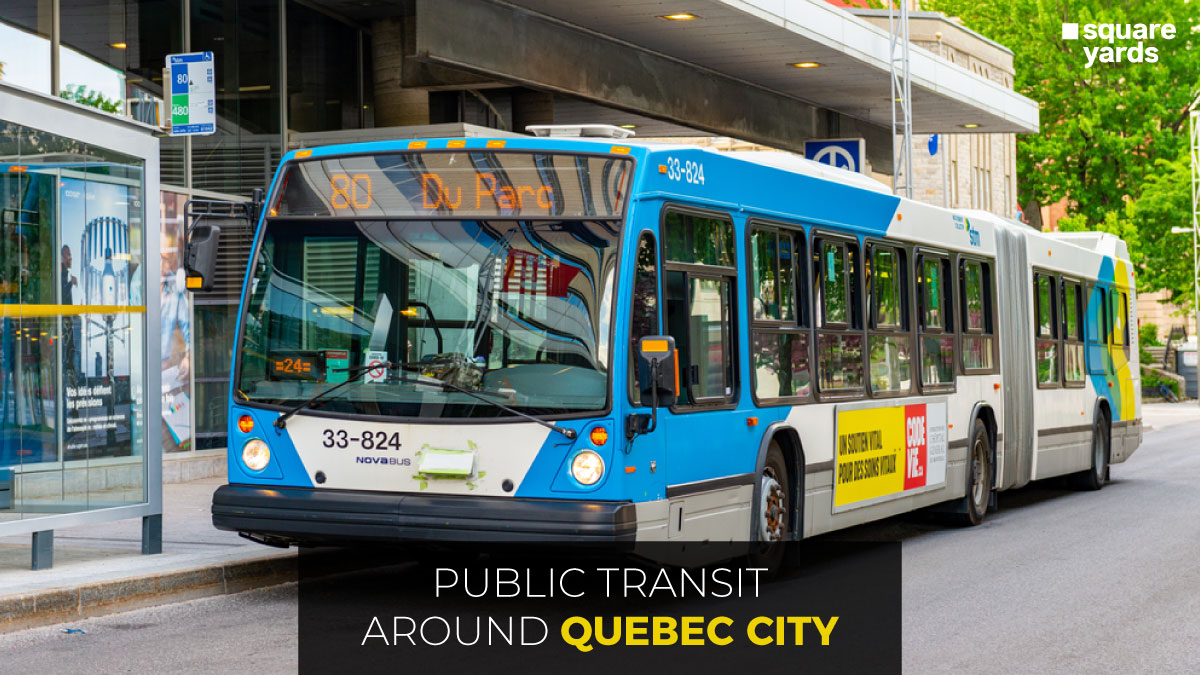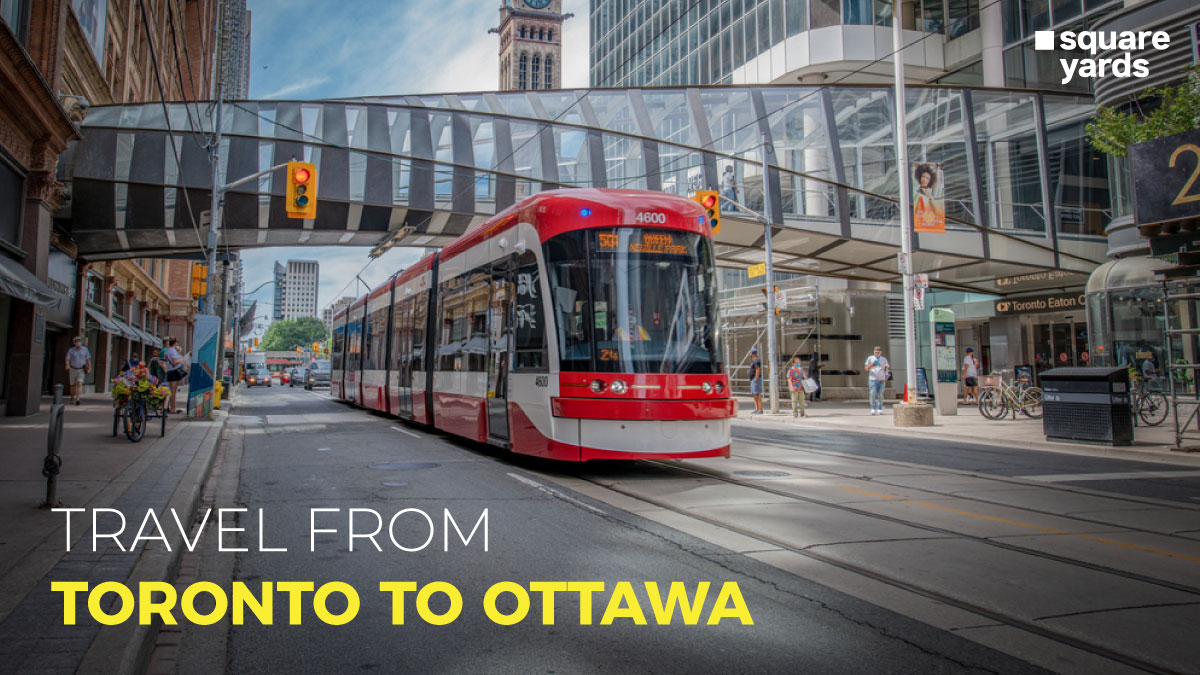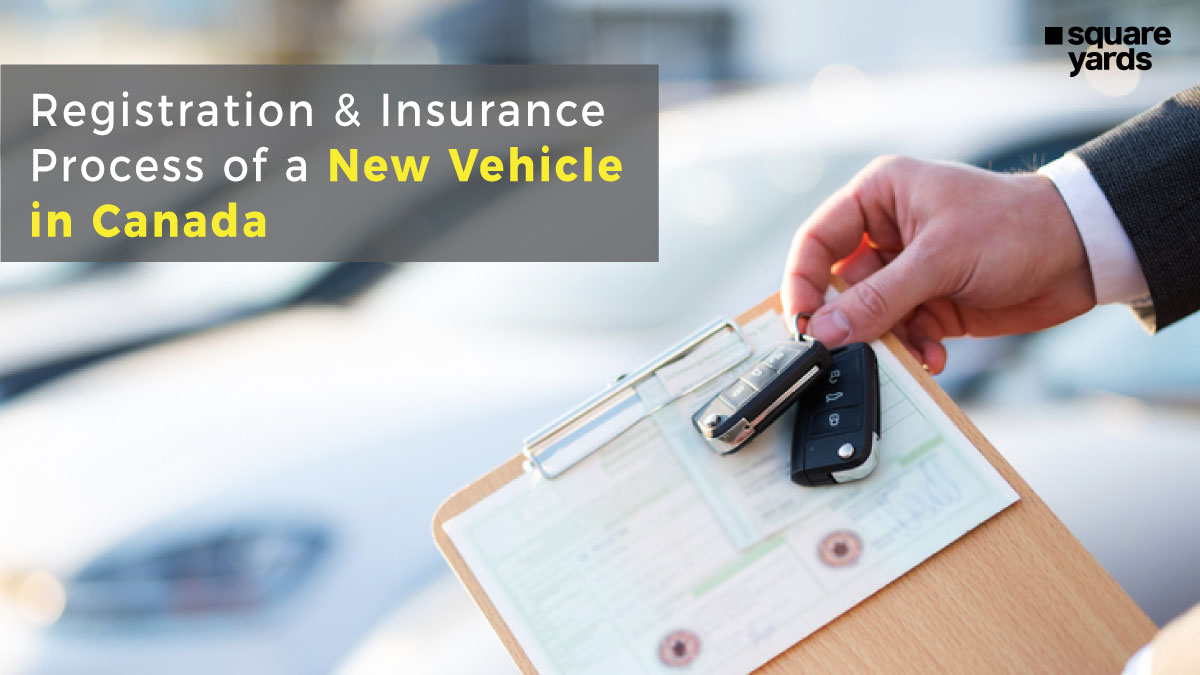Are you new to Canada and finding it difficult to commute to your place of interest? The best way to avoid such a glitch is to own a vehicle of your own. But, being an immigrant, you might find yourself stuck amidst all the hustle and bustle of all the official mandates required and all the steps that one must follow. In this blog, you will learn everything you need to know about buy cars in Canada.
If you buy cars in Canada (or a truck/van/SUV), it is highly convenient to go to work, school, the grocery store, and back home. Purchasing a vehicle in Canada isn’t as complex or daunting as it may appear. At the very least, it will appear to be a lot easier as you keep reading!.
As we all know, Canada is a large, beautiful country with plenty of open areas but inadequate public transportation, especially outside of the major cities. For many people who choose to call Canada home, owning a car is necessary.
While certain provinces may have slightly different restrictions, this guide will walk you through the main steps for buying a used or new car in Canada.
Thorough Research
Try to ask around among your connections who own the make and model of the car that you want to lease or buy in Canada. That way, you can learn about their experience first-hand. Their opinions on reliability, repair costs, and gas mileage can be valuable resources for saving money. Also, while the quality gap between domestic and imported brands has closed in recent years, don’t put too much stock in brand loyalty.
You may also look for reviews and road testing before buying a car in Canada. The following are some specific study topics:
- Total Cost
- Performance of the car
- Features of the model
- Fuel efficiency
- Warranty of the model
- Brand Reliability
- Operating expenses
- Depreciation and ultimate resale value are two factors to consider.
- Be careful while comparing the pricing of the car you wish to buy to the competition.
A Guide to the Pricing System
It’s essential to understand how to obtain the best deal before buying a car in Canada. The gap between the suggested retail price (SRP) and the dealer invoice price is critical and should be properly researched.
-
What is the Manufacturer’s Suggested Retail Price (MSRP)?
The MRSP is also known as the “window sticker” or “list price.” This is the starting point for new automobile sellers. You can usually negotiate a lower price. If the car is in high demand, it may sell for a higher price.
-
What is the Dealer’s Invoice Price?
The dealer pays the manufacturer the actual amount for the automobile. And there is almost always some variation. The price margin is significant because it informs new car buyers about how much profit the dealer can make on the sale of the vehicle and can aid in negotiating a lower price.
-
Enquire About Rebates, Incentives and Special Offers
Automotive dealers frequently provide special discounts, factory/dealer rebates, and other incentives to encourage car sales. Before you buy cars in Canada, find out when manufacturers and dealers offer these programmes since you could save a lot of money.
Why is Taking a Test Drive Important?
A test drive is essential before purchasing a vehicle. The car dealership will let you do a half-hour test drive on city and highway roads to understand how the vehicle handles and feels. If you’re going to let your spouse drive, make sure they come along for the voyage to learn how to operate the controls, explore the amenities, and assess the vehicle. Bring the whole family along to see how spacious the back seat is!
A test drive is essential before purchasing a vehicle. The car dealership will let you do a half-hour test drive on city and highway roads to understand how the vehicle handles and feels. If you’re going to let your spouse drive, make sure they come along for the voyage to learn how to operate the controls, explore the amenities, and assess the vehicle. Bring the whole family along to see how spacious the back seat is!
The Big Question: to Lease or to Buy Cars in Canada?
When purchasing an automobile, you have two options: buy or lease. Unless you pay cash, you’ll have a monthly, weekly, or bi-weekly car payment for a few years, whether you lease or buy cars in Canada. Most automobile purchasers put down a deposit on a vehicle and finance it with a bank loan. If that’s the case, you’ll have to pay interest on the loan.
Another alternative is to rent a vehicle. When you lease an automobile, you do not own it. You’re renting it for a set amount of time. You will have the choice to return the car, trade it in for a newer model, or buy it outright after the lease term.
Instead of financing the car’s total purchase price with a lease, you only owe the amount the car will depreciate over the lease term. For example, suppose you have a three-year lease and factor in normal wear and tear (known as “residual value”). You will only need to finance the difference between the purchase price and the residual value. This is why lease payments are less expensive than loan installments.
Pros and Cons of Leasing or Buying a Car
Both leasing and purchasing an automobile have advantages and disadvantages:
| LEASING A CAR | BUYING A CAR | |
| PROS |
|
|
| CONS |
|
|
Different Modes in Which One Could Pay for a Car
You have a few options for financing your vehicle:
By Cash: You pay the entire price to the dealership or private seller in cash.
By Financing: Financing from the automobile dealer: Auto dealers have financing and payment alternatives available through their financing firm. You may have trouble getting approved if you don’t have a long credit history.
Loans or Credit Lines: You can apply for a bank loan or a line of credit through your bank or credit union. Most banks have initiatives to assist newcomers with little or no credit in obtaining a car loan. Do the calculations and then determine which choice is the most cost-effective.
How to Make the Final Deal?
If the test drive went well and you’re ready to buy a car, make sure you use all of the information you gathered to develop reasonable pricing. Any factory and dealer rebates, discounts, and incentives should be factored into the pricing.
When dealing with a salesperson, having this information in a report to use as a negotiating tool is smart. Because vehicle dealers want to get the suggested retail price, this might be the most challenging part of the car purchase process. So, at the very least, you should know how much the dealer paid the manufacturer for the automobile and what rebates they are eligible for.
Your thorough research can assist you in negotiating the best deal and saving hundreds or thousands of dollars on the purchase price of a new car. The art of the transaction is to ensure that the dealer makes a profit, but not entirely at your expense.
During the buying process, the price of the car might skyrocket if the salesperson tries to upsell dealer-installed options like
- Roof Accessories
- Fabric Safeguarding
- Paint Protection
- Rustproofing
- Entertainment Accessories
- Undercoating
These are typically high-margin profit products for the dealer, reducing any cost savings you negotiate. These are additional gains that come only from your wallet. And the majority of these items aren’t required. If you want to add extras to your car, the price will increase. As a result, try to haggle on the cost of the choices as well. You can also add options later for a lower price from sites other than the dealership.
Other Considerable Factors Before Making the Final Deal
Before you can drive your new automobile off the lot, there are a few things you’ll need to accomplish and the documentation you’ll require. Expect to arrive in the country and purchase a car on the first day. It will take some time to get everything in order first. If you’ve just come to Canada, here’s some more information and items to consider before purchasing a vehicle.
Some ‘Must Have’ Documents
A Canadian Driver’s License:
You may be able to exchange your driver’s licence for one in your new province, depending on your nation of origin. If you cannot transfer your licence, you may be eligible for credit for the driving experience. To begin receiving a Canadian driver’s licence, bring your current driver’s licence to a local licencing office.
Proof of Insurance:
You can’t get automobile insurance in Canada unless you first get your driver’s licence. You can then compare car insurance quotes and get coverage for your vehicle once everything is in place. If you buy a car from a dealership, they can assist you with getting your insurance paperwork in order.
An excellent option is to use an insurance broker. Brokers can assist you in evaluating your insurance options and locating cost-effective charges.
Vehicle Registration With The Provincial Government:
To complete your vehicle purchase, you must register your vehicle with the provincial government where you live. Links to local transportation ministries can be found in this post. To complete this process, you’ll need your driver’s licence, insurance, and a bill of sale. If you purchase a vehicle from a dealership, they will handle the registration process for you.
If you’re considering buying a car in Canada, these suggestions and information are essential. A new car is a significant financial investment, and the following tips might assist you in making an informed decision.
FAQs
Yes, one can easily buy a car in Canada. Even as a tourist, it is perfectly legal for a foreigner to purchase a vehicle in Canada. Getting auto insurance is another mandate. Some provinces allow you to drive for three months with a foreign driver's licence, while others will enable you to drive for a year.
The latest data shows that in Canada, the average new car costs upwards of $45,000, whereas a used car costs roughly $25,000 on average.
It is cheaper to buy a used car in Canada than to purchase a new one. Depreciating value is why second-hand vehicles are usually less expensive than new ones.
According to the recent stats, compared to December 2020, the average price of a used vehicle has surged by 34.5%, hitting $33,240 in 2021.
The typical new automobile costs more in Canada than in the United States. The average new vehicle in Canada is $5,842 (17%) more expensive than it is in the United States, owing to the goal of Japanese, German, and Korean auto corporations to raise the number of profits they take from Canadian consumers. Can foreigners buy cars in Canada?
How much does it cost to buy a car in Canada?
Is it cheaper to buy a used car in Canada?
How much is the average used car in Canada?
Why are cars so expensive in Canada?




